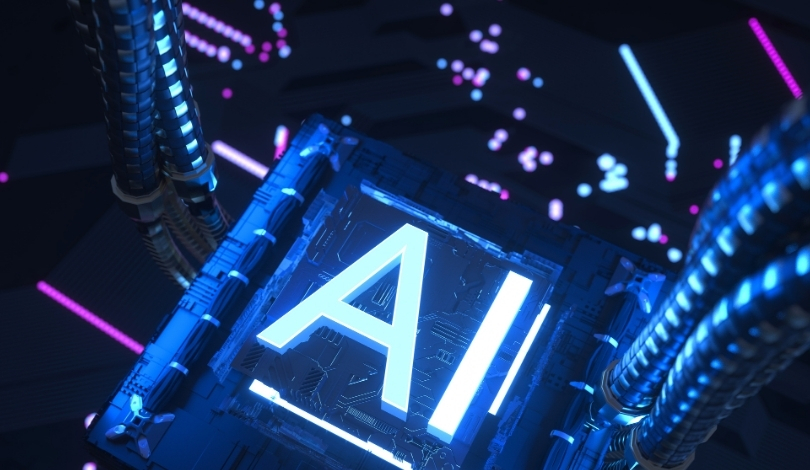Galbot, operating as Galaxy General Robot Co., has drawn significant attention for its rapid progress in the robotics sector after raising approximately $153 million in a recent funding round. The company’s G1 semi-humanoid robot, developed for commercial and industrial use, showcases capabilities that could reshape labor strategies in environments such as pharmacies and retail stores. Businesses seeking efficiency and autonomy in operations are increasingly evaluating robotic assistants for their adaptability and practical applications. Industry watchers note that G1’s functionality extends beyond standard automation tasks, introducing new opportunities for integrating robotics into everyday business activities.
Other news outlets previously reported that Galbot emerged in the robotics scene in early 2023, rapidly gaining initial investment and launching the G1 prototype within months. Earlier updates highlighted limited G1 trials confined to select retail environments, whereas current information points to a broader deployment strategy with near 10 locations in Beijing and a target of reaching 100 stores within a year. The scope and scale of Galbot’s partnerships have also expanded, most notably with alliances including Bosch Group through Boyuan Capital, reinforcing its industry presence. Earlier commentary speculated about Galbot’s AI model sophistication, now confirmed by details on its proprietary vision-language-action models and their commercial applications.
Which Features Differentiate the Galbot G1 Robot?
Introduced in March, the Galbot G1 robot is equipped with wheels and dual arms, targeting automation in inventory, replenishment, delivery, and packaging. The application of Galbot’s artificial intelligence enables the G1 unit to recognize and handle up to 5,000 product types, demonstrating advanced adaptability across varied commercial spaces. Deployment is expedited, with G1 typically operational in a new environment within a single day.
How Do Galbot’s Vision-Language-Action Models Function?
The company has developed three proprietary VLA (vision-language-action) models: GraspVLA, GroceryVLA, and TrackVLA. GraspVLA is designed for end-to-end manipulation after synthetic data pre-training, while GroceryVLA addresses complex retail environments with high object density. This latter model enables the robot to manage a diverse assortment of packaging without specific adjustments.
“The model has strong autonomous decision-making capabilities, such as dynamically selecting the optimal operation target,”
Galbot stated, emphasizing scene adaptability without prior data collection. TrackVLA supports navigation with features including visual perception, natural-language command response, and dynamic target tracking.
What Impact Will Industry Collaboration Have?
Galbot’s largest funding round to date featured investments led by CATL and Puquan Capital, along with support from China Development Bank, Qiming Venture Partners, and others. CATL, serving as the main strategic partner, intends to collaborate closely on advancing Galbot’s embodied intelligence large model for wider adoption. Partnerships expand to other sectors, with Boyuan Capital and Bosch Group pursuing joint manufacturing initiatives and agreements that focus on new industrial use cases for intelligent robots. These ventures underline Galbot’s strategy to make its technology broadly accessible beyond retail and logistics.
Galbot’s approach to robot development leverages both simulated pre-training with synthetic action data and real-world post-training, aiming to keep improvement cycles swift and effective. The combination of rapid deployment, proprietary AI models, and inter-industry cooperation sets Galbot apart in a fast-evolving market where automation and embodied intelligence are sought by retailers, logistics providers, and manufacturers. Stakeholders should note that Galbot’s quick expansion, sizable funding, and emphasis on robust partnerships could serve as indicators for similar ventures in the robotics space. For those considering automation, factors such as ease of deployment, adaptability to complex environments, and the breadth of product handling capacities should be evaluated. Organizations can benefit by closely monitoring how integration of robots like G1 impacts operational efficiency, product management, and workforce allocation.
- Galbot’s G1 robot aims for broad retail and industrial integration.
- The firm raised $153 million, targeting rapid deployment and expansion.
- Collaborations with CATL and Bosch support industry-wide applications.










